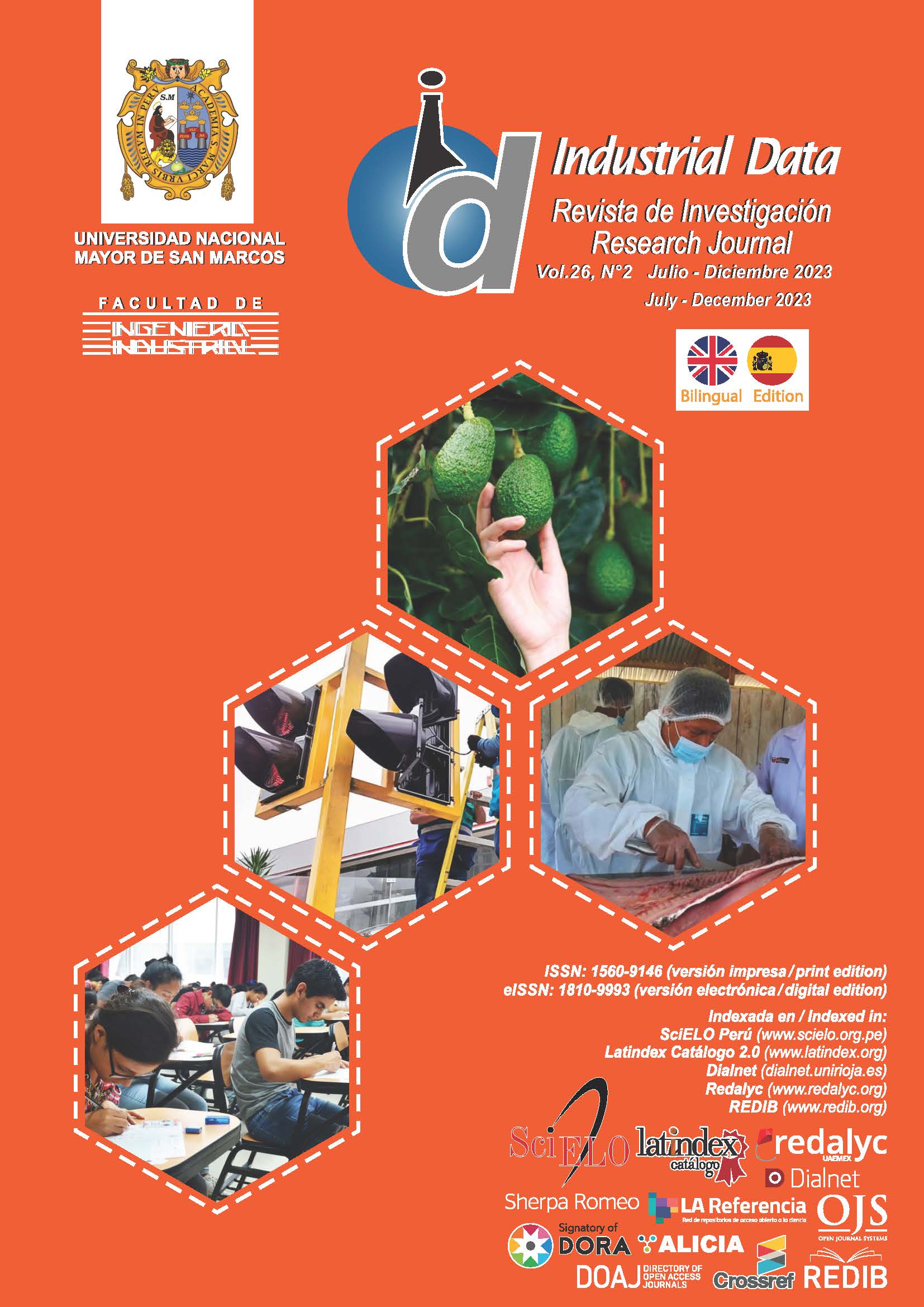The Lima Traffic Light Network Operations and Management System
DOI:
https://doi.org/10.15381/idata.v26i2.24038Keywords:
actuated traffic signal timing, vehicular congestion estimation, intelligent systemsAbstract
The research problem arose from the need to implement a system to remotely manage the traffic operations of the network of traffic lights to reduce vehicular congestion. The procedure involved designing the placement of electronic sensors to track the number of vehicles in the area. This allowed for the testing of different operational strategies for modifying the timing of the traffic light signals. A simulation model was used to test these strategies in seven intersections on Av. Petit Thouars in Lima, between Av. Alejandro Tirado and Av. 28 de Julio. Detectors were installed at the access points of secondary access streets to the main road (Av. Petit Thouars) which yielded cumulative positive results. Alternatives 1 and 2 produced a 59% reduction in queues, thus demonstrating the validity of the general hypothesis.
Downloads
Downloads
Published
Versions
- 2024-04-24 (4)
- 2024-04-24 (3)
- 2024-04-24 (2)
- 2023-12-20 (1)
Issue
Section
License
Copyright (c) 2023 Fernando Mauricio Tarquino Torres

This work is licensed under a Creative Commons Attribution 4.0 International License.
AUTHORS RETAIN THEIR RIGHTS:
a. Authors retain their trade mark rights and patent, and also on any process or procedure described in the article.
b. Authors retain their right to share, copy, distribute, perform and publicly communicate their article (eg, to place their article in an institutional repository or publish it in a book), with an acknowledgment of its initial publication in the INDUSTRIAL DATA.
c. Authors retain theirs right to make a subsequent publication of their work, to use the article or any part thereof (eg a compilation of his papers, lecture notes, thesis, or a book), always indicating the source of publication (the originator of the work, journal, volume, number and date).






